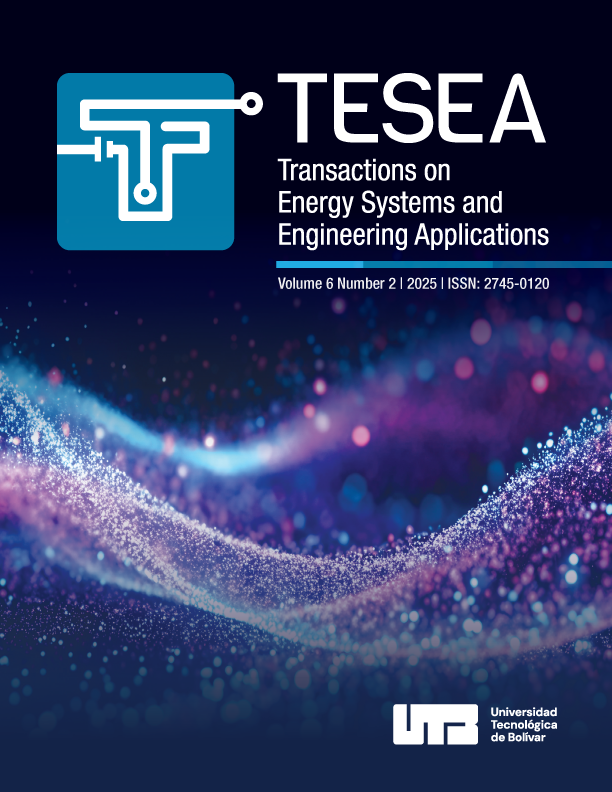Design of controller for dual input non-isolated DC/DC converter
DOI:
https://doi.org/10.32397/tesea.vol6.n2.604Keywords:
Dual Input DC-DC Converter, Open Loop Control, Closed Loop Control, Time Domain SpecificationsAbstract
Renewable energy sources such as solar, battery, ultra-capacitor, wind, and fuel cell are used for the generation of electrical energy. However, these energy sources will have distinct electrical characteristics. To incorporate these multiple energy sources into a drive system, a power modulator is required to transmit and receive the energy from source to load and load to source. In the conventional method, energy from various sources is achieved from several single-input converters, essentially a power converter. However, it has drawbacks like design complexity, huge cost, bulky nature, and reduced efficiency. As a result, the concept of Dual Input DC-DC Converters (DICs) evolved to capture the interest of energy integration experts. In this study, a dual-input non-isolated DC/DC converter with reduced switches and diode configuration was considered, and an attempt was made to develop a closed-loop control of the converter. Further, the performance of the converter is evaluated in MATLAB/SIMULINK by considering its electrical parameters and time-domain specifications. From the results, the converter provides an average output power of 2560 W, an efficiency of 96%, and a high output voltage of 670 V during boost mode of operation. Along with that, the closed-loop configuration provides a reduced rise time of 15 ms and 3.29 ms, peak time of 21.8 ms and 8.5 ms, settling time of 65.29 ms and 70.75 ms, and a steady-state error of zero in both PI-Boost and PI-Buck mode operations.
Downloads
Downloads
Published
How to Cite
Issue
Section
License
Copyright (c) 2025 Hamsavarthini Yoganandan, Kanthalakshmi Srinivasan

This work is licensed under a Creative Commons Attribution 4.0 International License.
Authors retain copyright and grant the journal right of first publication with the work simultaneously licensed under a Creative Commons Attribution 4.0 International License, which allows others to share the work with an acknowledgment of the work's authorship and initial publication in this journal.
















